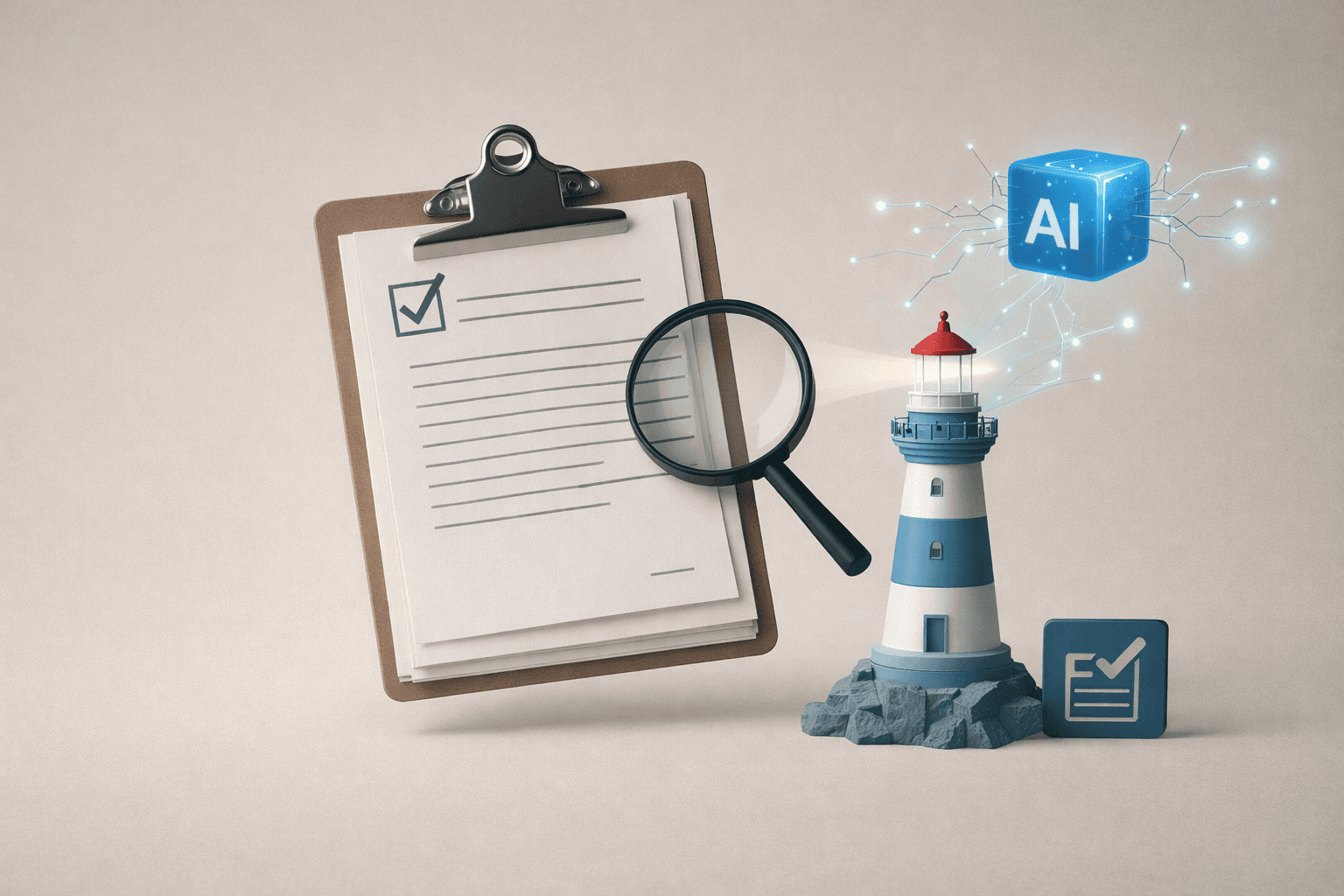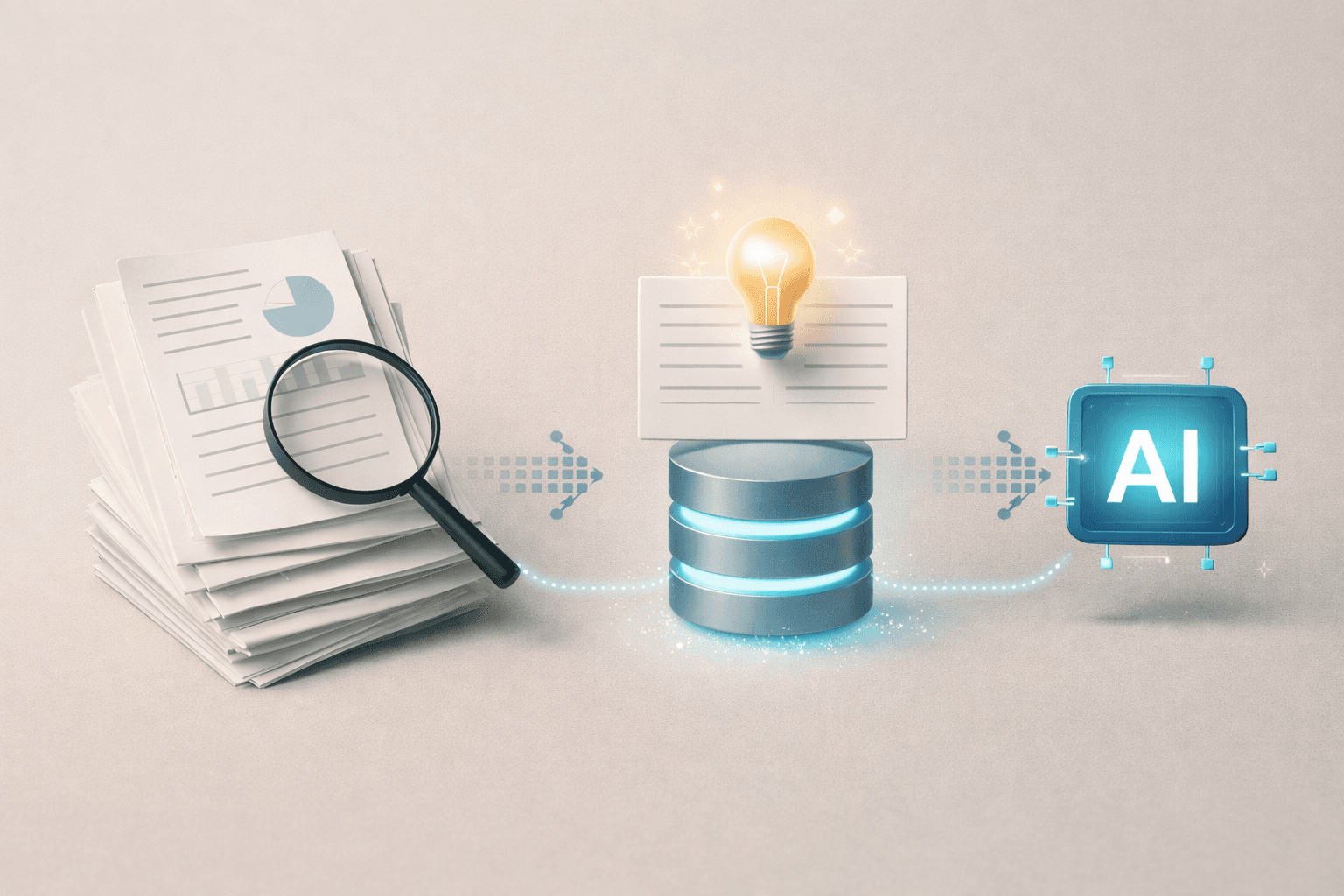Insight
Enterprise Local AI: The Ultimate Guide to Building, Searching, and Scaling On-Premises AI for Modern Organizations
Nov 4, 2025
What Is Local AI? An Enterprise Perspective
AI Inside Your Walls—No Cloud Dependency, Maximum Control
Local AI means running artificial intelligence completely within your own company’s infrastructure, rather than relying on third-party clouds. This includes classic on-premises servers, private clouds, and edge devices—even secure hybrid architectures that keep every calculation and byte of data under your direct control. Whether you’re deploying large language models (LLMs), vector search engines, or automated data pipelines, local AI unifies all these components in a private, secure environment designed for your business needs.
The Modern Stack: On-Prem, Private Cloud, Edge—Unified for AI Operations
A true local AI strategy integrates high-performance servers, dedicated GPU clusters, and potentially edge computing for remote sites or IoT. The entire data lifecycle—capture, processing, search, and analysis—remains internal. With no external transmission, organizations retain sovereignty over their intellectual property, confidential documents, customer records, and proprietary models.
Integrated AI: Generation, Retrieval, Automation, and Analytics as a Single Platform
Local AI is much more than document search. It brings together generative AI (for content creation, summarization, and reporting), intelligent document Q&A (via RAG and LLMs), advanced OCR and vector search, automated data pipelines, and even analytics—within one cohesive, on-prem platform. This enables highly secure enterprise-wide applications: automated contract review, compliance audits, internal support chatbots, instant KPI summaries, and more—all behind your firewall.
Why Are Enterprises Embracing Local AI?
Bulletproof Data Security, Privacy, and IP Protection
Sensitive business data, trade secrets, customer PII, financials, R&D results, and internal communications never cross the enterprise boundary. Local AI means zero external data risk—an absolute requirement in finance, law, healthcare, defense, and any compliance-driven sector. Internal-only operation also simplifies security audits and regulatory compliance.
Predictable, Transparent Costs and Escape from SaaS Bill Shock
Operating local AI infrastructure allows for clear, upfront budgeting. No surprise bills, unpredictable SaaS spikes, or pricing games from cloud vendors. CapEx is traded for long-term stability, and you decide how, where, and when to upgrade.
Data Residency, Compliance, and Regulatory Peace of Mind
Global regulations (GDPR, HIPAA, CCPA, and local data residency rules) increasingly demand in-country data storage, audit trails, and total control over processing. Local AI ensures data never leaves your chosen jurisdiction, dramatically reducing compliance risk and audit overhead.
Lightning-Fast Response and Network Resilience
Because all computation and data are local, users experience ultra-low latency—vital for high-volume search, real-time document analytics, and mission-critical automation. Even if the external internet fails, your AI workflows keep running, enabling true business continuity.
Full Customization and AI Model Tuning
With local AI, enterprises can fine-tune LLMs, retrain models with proprietary data, and create custom workflows—something that’s limited or impossible with SaaS platforms. This empowers organizations to build AI that reflects their unique language, culture, and use cases.
The Key Building Blocks of Local AI Systems
1. Compute Hardware: GPU/CPU Clusters, Edge Nodes, and Scalability
Modern LLMs, vector search, and deep learning models demand powerful GPU clusters and scalable server architectures. Edge devices may be used for decentralized inference, factory/branch deployment, or IoT data processing.
2. High-Performance Storage, Indexing, and Data Lakes
Enterprises must manage petabytes of documents, logs, emails, and analytics data. Local AI requires robust storage (NVMe, SAN, distributed file systems), powerful search indices, and real-time ingestion for both structured and unstructured content.
3. Integrated AI Engines: RAG, LLMs, OCR, and Workflow Automation
Unified local AI brings together semantic vector search, RAG-powered Q&A, document classification, advanced OCR (for PDFs, images, scans), and workflow automation—making search, Q&A, and analytics seamless and instantaneous.
4. Orchestration and Management: Dashboards, Monitoring, Access, and Audit
Enterprise-grade platforms include real-time dashboards, user and group management, security policy enforcement, alerting, system health monitoring, and complete audit trails—giving IT total control.
5. Security and Compliance: Encryption, Zero Trust, and Auditing
Every file, search, and model run is logged. Role-based access controls, multi-factor authentication, end-to-end encryption, DLP, and built-in compliance reporting ensure security at every layer.
Practical Realities and Strategic Considerations for Local AI Deployment
Infrastructure Investment: Power, Cooling, Space, and Lifecycle Planning
Launching local AI isn’t just about servers—it’s about data center space, electrical capacity, cooling, and a robust upgrade/retirement plan. Organizations should plan for growth, redundancy, and disaster recovery from the start.
Building and Maintaining AI Models: In-House, Partnered, or Hybrid?
Success with local AI depends on whether you have, or can develop, the skills to maintain, fine-tune, and retrain AI models. Some organizations will need to partner with vendors for custom development, others may build in-house AI centers of excellence. The model lifecycle—upgrades, retraining, validation—must be defined.
Change Management: Adoption, Training, and Internal Evangelism
No matter how powerful the technology, successful deployment depends on user adoption. Cross-team training, workflow integration, process mapping, and continuous improvement must be planned. Champions, pilot groups, and communication play a major role in ensuring lasting value.
Calculating ROI: TCO, Productivity Gains, and Long-Term Value
Local AI brings up-front costs but pays off in long-term savings, data control, and operational resilience. ROI should be tracked not just by budget but by hours saved, risks reduced, compliance cost drops, and user satisfaction.
Scaling, Flexibility, and Future-Proofing
Choose platforms that scale with your business—whether adding more data, new users, or next-gen AI capabilities. Open APIs, plugin architectures, and modular design ensure your investment lasts.
Expanded Industry Use Cases for Local AI
Finance: Automated Document Search, Compliance, and Risk Analysis
Banks and insurers use local AI to search internal reports, extract regulatory risk factors, summarize transactions, and automate regulatory filings. All processes happen on-premises, never exposing sensitive client or transaction data.
Healthcare: Clinical Records Analysis, Research, and Anonymized Summarization
Hospitals and life sciences organizations deploy on-prem AI for medical records search, privacy-compliant analytics, patient cohort identification, and instant literature review—meeting HIPAA and local privacy standards.
Manufacturing: Smart Document Retrieval, Maintenance Automation, and Quality Monitoring
Manufacturers use local AI for technical documentation search, real-time quality monitoring, safety compliance audits, and predictive maintenance workflows—all fully isolated within their industrial networks.
Public Sector & Government: Knowledge Management, Audit, and Transparency
Government and defense agencies implement AI for internal policy search, generative responses to citizen requests, regulatory audit support, and transparent record-keeping—all with strict data residency controls.
Corporate R&D, Legal, and Knowledge Management: Instant Q&A Across Massive Repositories
Enterprises leverage local AI for internal research, legal case review, contract analysis, compliance documentation search, and rapid Q&A—streamlining knowledge workflows while keeping everything secure and private.
Local AI With Wissly: The Enterprise-Grade Advantage (Expanded)
Seamless Indexing and Deep Analysis for Any File Type or Data Source
Wissly supports indexing and analysis for a wide array of document types—PDFs, Word, Excel, email, databases, even legacy and proprietary formats—building a unified, in-house search and Q&A knowledge base.
End-to-End Secure Operations: Search, Q&A, Summarization, and Metadata Enrichment On-Site
All search, Q&A, summarization, and tagging happens locally, ensuring compliance and security. No data leaves your organization at any stage, keeping full control and auditability.
Advanced Access Controls, Permissions, and Comprehensive Audit Logging
Wissly enforces granular role- and group-based access, maintains exhaustive logs for every search and action, and provides powerful tools for security audits, regulatory reviews, and internal governance.
Optimized AI Infrastructure: GPU Scheduling, Model Upgrades, and Proactive Support
Wissly’s platform is designed to get the most from your hardware—dynamically allocating GPU resources, streamlining model upgrades, and providing proactive maintenance and expert support for enterprise teams.
Workflow Automation and Integration With Enterprise Apps
Wissly offers rich APIs and plugin support for connecting to existing systems—ERP, HR, analytics, and more—enabling AI-driven automation across the organization.
The Comprehensive Checklist for Local AI Deployment (Expanded)
1. Infrastructure Assessment and Planning
Evaluate all server, storage, network, and data center requirements. Forecast needs for growth, redundancy, and disaster recovery.
2. Data and Workload Analysis
Inventory all types of data—documents, emails, logs, databases, file formats, volume projections—to design the right AI and storage architecture.
3. Security Architecture and Regulatory Mapping
Design zero-trust, encryption-at-rest/in-transit, RBAC, DLP, and full audit logging. Map compliance requirements (GDPR, HIPAA, CCPA, SOX, industry-specific) and embed them in system design.
4. Model Lifecycle Management and Customization
Plan for model versioning, retraining, fine-tuning, validation, and integration of proprietary data or custom LLMs. Define update policies and fallback protocols.
5. Skills, Staffing, and Training
Identify skill gaps, plan for upskilling or hiring, and build a culture of AI literacy across business and IT. Appoint internal champions for adoption and continuous improvement.
6. Adoption Roadmap: Pilot, Expansion, Continuous Optimization
Start with a pilot deployment, measure outcomes, gather feedback, and iteratively scale across teams and use cases. Embed continuous improvement cycles for performance and usability.
7. Integration and Automation
Plan API/plugin integrations with enterprise apps, design automated workflows, and ensure interoperability with future AI and data tools.
8. Ongoing Monitoring, Maintenance, and Support
Set up proactive system health checks, monitoring dashboards, alerting, and scheduled upgrades. Establish vendor support channels and disaster recovery plans.
Conclusion: The Future of AI is Enterprise-Controlled, Private, and Powerful
Local AI gives organizations the power, flexibility, and security to make AI truly their own. In an era of rising data volumes, complex compliance, and growing AI sophistication, the ability to own your AI stack—generation, search, Q&A, automation—behind your firewall is a strategic advantage. With Wissly’s enterprise-grade platform, you’re equipped to unlock AI’s full value while meeting the highest standards of data protection, regulatory compliance, and business agility. Move beyond the cloud—empower your people, protect your data, and drive innovation with local AI.
Recommended Content










